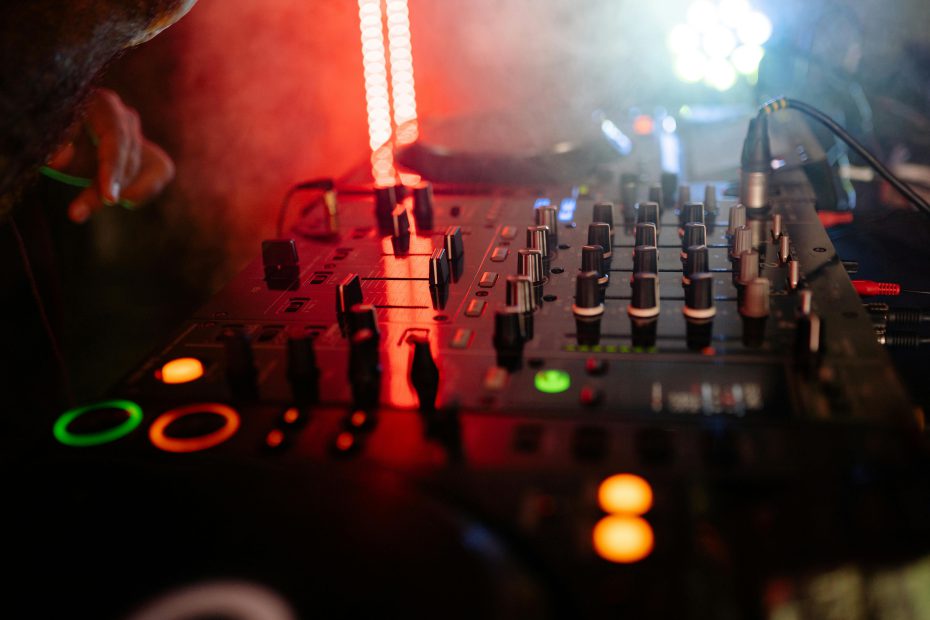Connecting multiple microphones to one amplifier might seem like a straightforward task at first. But when implemented incorrectly in a PA system, it can lead to feedback, impedance mismatches, level drops, distortion, or even equipment damage. Whether you’re setting up a school event, a church choir, or a live acoustic jam session, understanding how to route multiple mics to a single amp is essential for preserving clarity and avoiding chaos in your PA system.
This guide will help you understand the challenges and provide working solutions to connect multiple microphones to one amplifier while maintaining sound quality and system stability.

The Role of Mic Signals and Inputs in a PA System
Understanding Microphone Behavior in a PA System
Low-Level Balanced Signals
Microphones output low-voltage balanced signals, typically in the range of -60 dBu to -30 dBu. This is far too quiet to drive a power amplifier directly. In a PA system, microphones must always go through a preamplifier stage first.
Impedance Matching Issues
Each microphone is designed to see a certain load impedance—commonly around 1k to 2k ohms. If multiple mics are passively connected together (e.g., via Y-cables or bare junctions), their output impedances interact, which can cause signal loss and degraded performance.
PA System Design: Correct Ways to Combine Multiple Microphones
Proper Signal Combining in a PA System
Active Mixing Console
The best way to combine microphones is to use a mixer or mixing console. This device has multiple mic preamps, each optimized for a single microphone input. The mixer combines these signals cleanly and outputs a line-level signal that your PA system amplifier can handle.
Example: A 6-channel mixer allows you to connect up to six microphones individually, adjust their levels and EQs, then route the summed output to a power amp or powered speaker.
Mic Preamp with Summing Capabilities
If a full mixer is not available, a multichannel mic preamp with summing output is the next best option. These are found in compact rackmount form or standalone preamp/mixer boxes tailored for PA system use.
Improper Methods and Why They Fail in a PA System
What Not to Do When Connecting Microphones in a PA System
Passive Y-Cables
Using a Y-cable to combine two mics into one input may work in a pinch but has serious downsides:
Impedance mismatch
Phase cancellation
Reduced gain
Potential distortion in the PA system
Paralleling Microphones Directly
Soldering two or more mic wires together directly and sending them to one mic input will almost always result in poor performance, especially in a PA system. This method ignores the load balance each mic needs.
Phantom Power Conflicts
If your microphones require phantom power and are improperly combined, this could lead to voltage imbalances or even mic damage.
Passive Summing Circuits for a PA System Setup
Can You Use Passive Summing with a PA System?
Simple Resistor Network
It is technically possible to combine two or three microphones passively using a resistor mixing network. Each mic output goes through a 1k–10k resistor before meeting at a common junction leading to the preamp.
Pros:
Cheap
Easy to build
Cons:
Significant gain loss
Poor noise performance
Not scalable beyond 2–3 mics
Still needs a mic preamp before the PA system amp
Buffering Required
Passive summing is only viable if the summed signal is buffered (amplified and isolated) before it reaches the PA system. Otherwise, audio degradation is inevitable.
Best Practices for Using Multiple Microphones in a PA System
Practical Solutions for Multi-Mic PA System Use
Use a Compact Mixer
Even a small 4- or 6-channel analog mixer like the Mackie Mix series or Behringer Xenyx can provide the individual control and proper summing needed in a PA system.
DI Boxes for Long Cable Runs
If mics are placed far apart—like in a theater or outdoor event—use active DI boxes to maintain signal integrity and avoid interference. These help interface the mics properly into your PA system’s front-end gear.
Keep Cable Runs Short and Balanced
Balanced XLR cables shield against interference and allow for longer distances without signal loss—critical in large PA system deployments.
Advanced Options: Digital Mixing for PA System Microphone Arrays
Using Digital Mixers for Large-Scale PA System Microphone Arrays
Digital Mixers with Remote Control
Digital mixers like the Behringer XR18 or QSC TouchMix provide dozens of mic inputs, full DSP control, and remote tablet interfaces—all ideal for large PA system applications.
Automatic Mic Mixing
Features like auto-mix detect when a mic is active and adjust gain in real-time to reduce feedback and maintain balance. This is a game changer for PA system setups with many open mics, like panel discussions or choirs.
How Many Mics Can You Realistically Run Into One Amp?
Realistic Limitations in a PA System
In theory, with the right mixer, you could run 20+ microphones into a single PA system amplifier. The key is signal chain integrity:
Each mic gets its own preamp input.
Signals are summed and processed at line level.
The amplifier receives one stereo or mono mix.
Never attempt to plug multiple mics directly into an amp without a mixer or preamp. It’s not just ineffective—it risks damaging your gear.
Proper Mic Routing Enhances Your PA System’s Power
Whether you’re planning for a school talent show, an acoustic concert, or a small church service, combining multiple microphones into one amp requires more than just daisy-chaining cables. The right approach—using mixers, preamps, and proper impedance handling—not only ensures clean signal flow but also preserves headroom, reduces noise, and maximizes the effectiveness of your PA system.
By understanding how mic signals behave and using the correct tools for summing and amplification, you unlock the full potential of your PA system while avoiding common pitfalls. It’s not just about volume—it’s about clarity, balance, and control.
